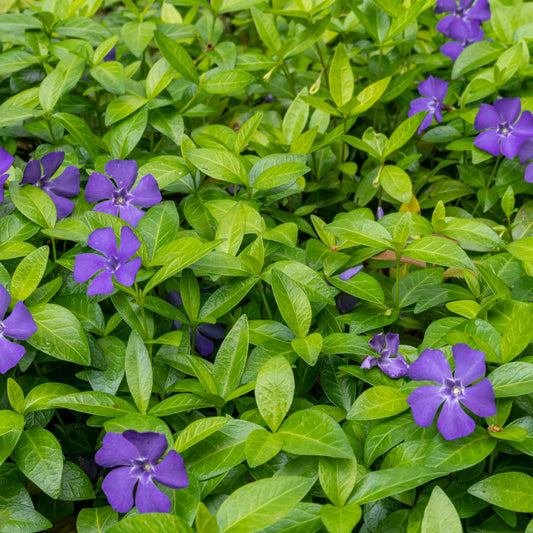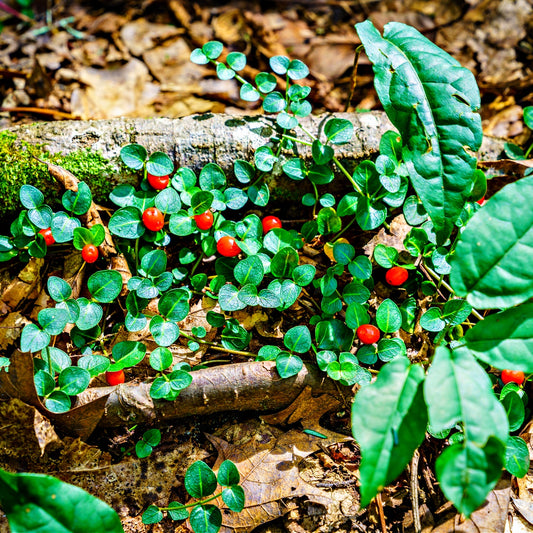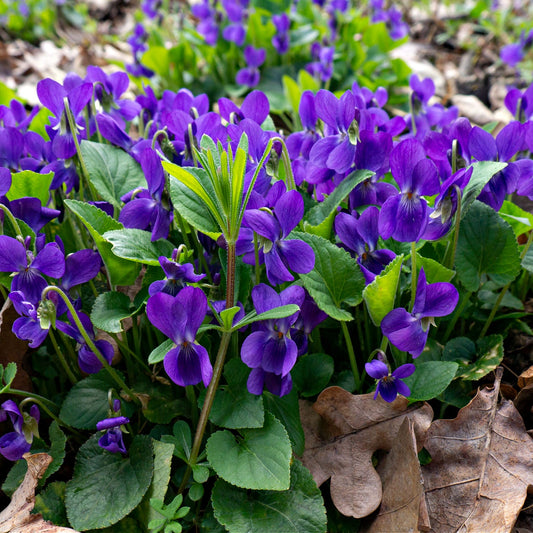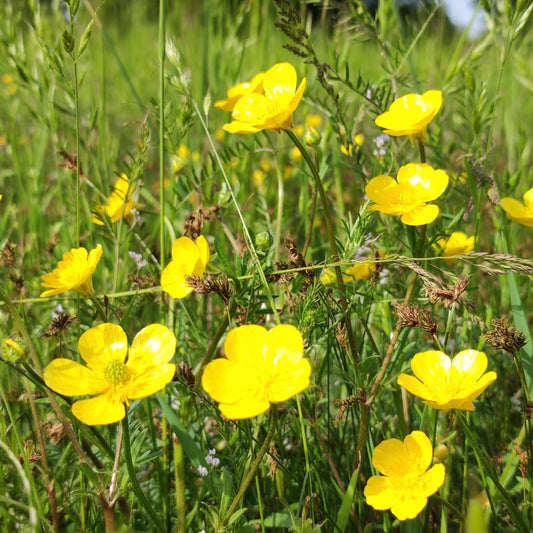Collection: Ground Covers
-
Regular price From $6.99 USDRegular price
-
Regular price From $6.99 USDRegular price
-
Regular price From $6.99 USDRegular price
-
Regular price From $6.99 USDRegular price
-
Regular price From $6.99 USDRegular price
-
Regular price From $6.99 USDRegular price
-
Regular price From $6.99 USDRegular price
-
Regular price From $6.99 USDRegular price
-
Regular price From $6.99 USDRegular price
-
Regular price From $6.99 USDRegular price
-
Regular price From $6.99 USDRegular price
-
Regular price From $6.99 USDRegular price
-
Regular price From $6.99 USDRegular price
-
Regular price From $6.99 USDRegular price
-
Regular price From $29.99 USDRegular price
-
Regular price From $6.99 USDRegular price
Groundcovers Offer Soil Erosion and Weed Control Benefits
When planted underneath shrubs, groundcovers stop weeds from spreading. They are perfect for areas with eroding soil and steep hillsides that are difficult to mow or maintain.
They can be found in any garden, botanical or Nursery garden. The ease of finding them is because they need not be specific about where you plant them, and they will slowly increase in number as long as you keep an eye out for new plants and trees. The easy-to-grow groundcovers are perfect for growing vegetables and fruits. They are also ideal for plants that need space to get big and strong, or those that want drought-tolerant plants.
1. Bishops Weed
This is a ground cover that can be found in the wild. It is also known as 'Drosera' or 'D. divaricate. ' This plant is perfect for growing in large containers, but it can also be a good choice for small gardens with limited space. It is an attractive plant that requires very little care and will grow well in any soil.
2. Creeping Phlox
This is a beautiful plant that grows in the wild. It is perfect for growing in containers and can also be used as an ornamental grass. This ground cover grows very well in almost any type of soil and thrives with regular watering.
3. Wild Geranium
This decorative ground cover can change color depending on the season. It is bright red during winter but turns blue or purple in summer.
4. Wintercreeper
This is a ground cover that can be found in the wild. It is also known as Clematis. This plant grows very well in containers and can be used as an ornamental grass. It requires very little care and will thrive with regular watering.Groundcover Choices
In conclusion, these are some of the best groundcovers in the wild. They are straightforward to find and will thrive in almost any type of soil. You only need to remember that they are not specific about where they will grow, and they will slowly increase in number as long as you keep an eye out for new plants and trees.


















